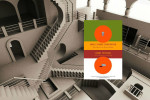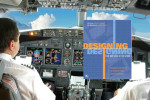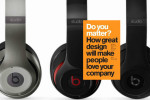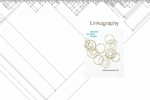Three Levels of Design
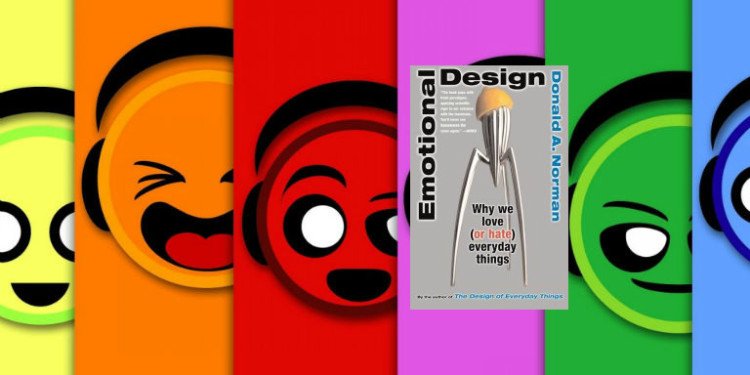
We have visceral, behavioral, and reflective responses to the products and services we buy and use. These three levels combine and interact to create our experience and relationships to what own and use.
Emotional Design: Why We Love (or Hate) Everyday Things by Donald A. Norman
The three levels of design
Donald Norman explores the three levels of design and discusses how product design can work across these three levels to craft our experience. Every product elicits a visceral reaction through its appearance, a behavioral response through its use and effectiveness and a reflective attribute based on cultural and personal image and memories. Effective product design takes into account the right focus and blend of these levels.
attractive things make people feel good, which in turn makes them think more creatively
Norman notes that our emotional state when using a product affect our experience and the utility we derive. People in positive emotional states tend to be more creative because their thinking is more expansive and affords finding alternatives to the problem at hand. A stressful or negative emotional state narrows perception and closes down our focus to quickly find a resolution–that’s how we are programmed by nature to respond to threats.
The visceral level of design
The visceral level is the automatic, prewired layer of the brain. Our everyday behavior and functional concerns are governed by the behavioral layer. The contemplative and culturally sensitive layer is called the reflective level. These generally correspond to the id, ego, and superego.
Effective visceral design requires the skills of the visual and graphic artist and the industrial engineer.
The purpose of the visceral level is to make rapid judgements (good/bad, safe/dangerous) and it is largely biologically determined. The visceral level is dominated immediate emotional response and is determined by physical attributes–vision, touch, hearing.
The behavioral level of design
In most behavioral design, function comes first and foremost; what does a product do, what function does it perform?
The behavioral level governs most behavior, can be affected by the reflective layer, and can in turn affect the visceral layer. To illustrate the visceral level, Norman gives the example of a roller coaster which provides raw sensations of speed and falling. Using a tool such as a knife to dice food is an example of the behavioral level at work. Usability and human-centered design are common methods for effective design at this level.
The Reflective level of design
Reflective design…is all about message, about culture, and about the meaning of a product or its uses…the personal rememberances something evokes…self-image and the message a product sends to others.
Contemplation of art or literature is exemplary of the reflective level. Branding, personal memories and cultural values play defining roles for the reflective level. The reflective level can observe the other levels, but does not operate in the same way–visceral responses cannot be easily over-ridden and behavioral processes often govern unconscious behaviors like walking that can operate without reflective thought.
The three levels interrelate as there is no experience which solely hits only one layer. Activity can be initiated by the visceral level towards the behavioral and reflective levels and vice versa. Perceptions drive “bottom-up” processes starting with the visceral while thoughts drive “top-down” processes starting with the reflective.
The result is that everything you do has both a cognitive and an affective component–cognitive to assign meaning, affective to assign value.
Norman gives many examples of products in which the three levels interact to produce various experiences. Some products, like dashboards or alert systems, must manage the movement of user from a relaxed, creative state to an alert, highly focused state. Roller coasters hit both the visceral and reflective levels through sheer terror combined with a reflective appreciation of simulated safety. He gives the Motorola NFL coach’s headset as an example of a product design that had to meet requirements across all levels (tough image, able to be used in loud stadium, resistant to tearing off and throwing on ground). The visceral and reflective levels often conflict in art where the poles of emotional and rational appeal can conflict with or complement one another.
In the TED talk below Donald A. Norman describes the visceral, behavioral, and reflective design levels with some examples: 1961 Jaguar E-type (visceral), Global knives (behavioral), and Hummer (reflective). He starts the presentation by saying ” the new me is ‘beautiful'” and talks about the way that anxiety and fear lead to depth-first processing while positive affect (happiness) leads to breadth-first thinking (e.g., brainstorming, out-of-the box solutions).
When he describes the Alessi citrus squeezer in this video he says:
It’s got everything. It’s beautiful and functional and I can tell stories about it, which makes it reflective.
Further Reading: Emotion & Design: Attractive things work better (jnd.org)
